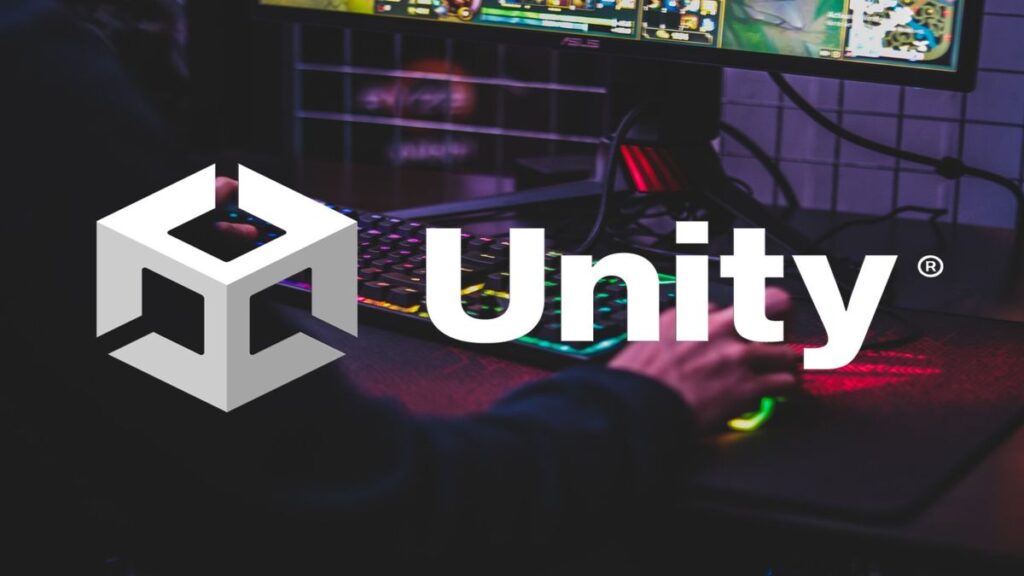In the dynamic world of mobile gaming, catering to diverse Android screen sizes is crucial for reaching a wide audience and delivering an immersive experience. Whether you’re developing a casual puzzle game or an action-packed adventure, optimizing your game for different screen sizes ensures that players enjoy your game to the fullest on their devices. Let’s explore the key Android screen sizes and how you can tailor your game for each.
320dp: Typical Phone Screen
- Screen Resolutions:
- LDPI (240×320)
- MDPI (320×480)
- HDPI (480×800)
- Usage: Ideal for smartphones, this size range covers a variety of older and smaller Android devices. Ensure your game UI elements are clear and touch targets are appropriately sized for comfortable gameplay.
480dp: Large Phone Screen (~5″)
- Screen Resolution:
- MDPI (480×800)
- Usage: Common on larger smartphones, this size offers more screen real estate. Optimize graphics and UI layout to utilize the larger space effectively while maintaining clarity and responsiveness.
600dp: 7” Tablet
- Screen Resolution:
- MDPI (600×1024)
- Usage: Tablets provide a larger canvas for gaming. Design layouts that take advantage of the increased screen size, offering more detailed graphics and intuitive touch controls suitable for extended gameplay sessions.
720dp: 10” Tablet
- Screen Resolutions:
- MDPI (720×1280)
- MDPI (800×1280)
- Usage: The largest among common Android devices, 10” tablets offer ample space for complex game interfaces and detailed visuals. Ensure your game scales gracefully to utilize the larger screen without compromising performance.
Tips for Optimizing Your Game Across Different Screen Sizes
- Responsive Design: Use Android’s layout qualifiers (e.g., layout-sw320dp, layout-sw480dp, layout-sw600dp, layout-sw720dp) to create responsive layouts that adapt to various screen sizes.
- Graphics Scaling: Prepare multiple sets of graphics assets at different resolutions (ldpi, mdpi, hdpi, xhdpi, xxhdpi, xxxhdpi) to ensure crisp visuals on all devices.
- Touch Controls: Adjust touch controls and button sizes based on screen size to ensure they are comfortable and intuitive for players.
- Performance Optimization: Test your game across different devices to optimize performance and ensure smooth gameplay, especially on lower-spec devices.

